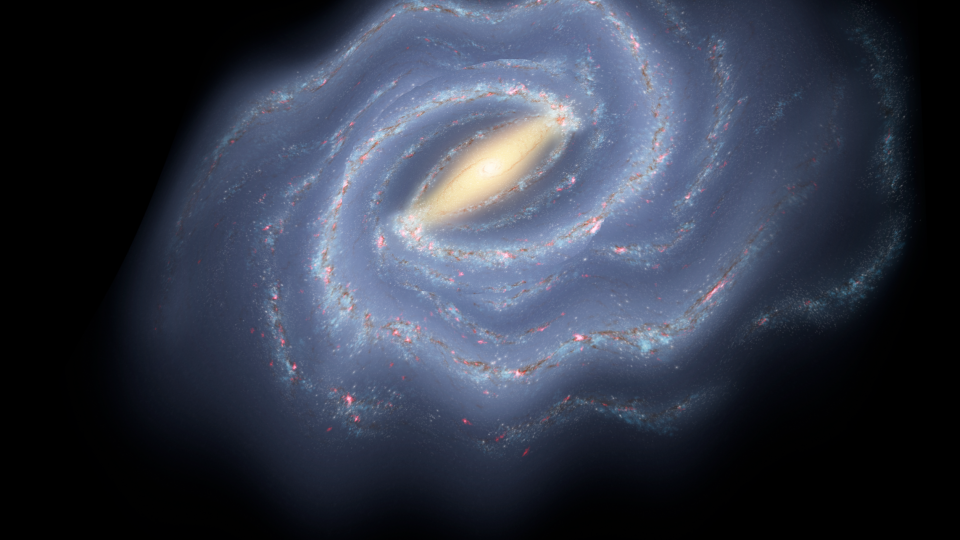Using data from the Gaia Space Telescope, the research team led by Lund University in Sweden showed that some parts of the Milky Way’s outer disk are shaking. The ripple is caused by a dwarf galaxy currently appearing in the constellation Sagittarius, but hundreds of millions of years ago our galaxy passed through it, shaking its structure.
Our cosmic home, the Milky Way, contains approximately 100 to 400 billion stars. According to astronomers, the galaxy was born 13.6 billion years ago from a rotating gas cloud of hydrogen and helium. Over billions of years, the gas collected in a rotating disk, where stars — including our sun — formed.
The research group was published in the Journal of the British Royal Astronomical Society in his studies He displays his discoveries about stars in the outer regions of the galactic disk.
“We can see these stars swaying and moving up and down at different speeds. When the Sagittarius dwarf galaxy passed the Milky Way, a wave motion started in it, similar to what happened when you threw a stone into a lake.” – explains Paul Macmillan, researcher at the Lund Observatory.
Thanks to data from the European Gaia Space Telescope, researchers have been able to examine a much larger area of the Milky Way’s disk than was previously possible. They measured the size of the ripples in different parts of the disk, so they could learn about the history of Sagittarius and the details of its journey around our galaxy.
“The arc is slowly collapsing. 1-2 billion years ago, it was much larger, and its mass was probably as much as 20% of the disk of the Milky Way.” Paul MacMillan says.
Astronomers were surprised by how large a portion of the Milky Way system was made possible by Gaia’s data. The telescope, which has been in operation since 2013, has so far monitored the movement of nearly two billion stars in the sky, and in the case of 33 million stars, the movement toward or away from us.
“With this new discovery, we can study the Milky Way in the same way that geologists study the Earth, who draw conclusions about its structure based on seismic waves passing through our planet. This kind of ‘galactic seismology’ can tell us a lot about our galaxy and its history.” researcher says.
source: Lund University
Suspension












































